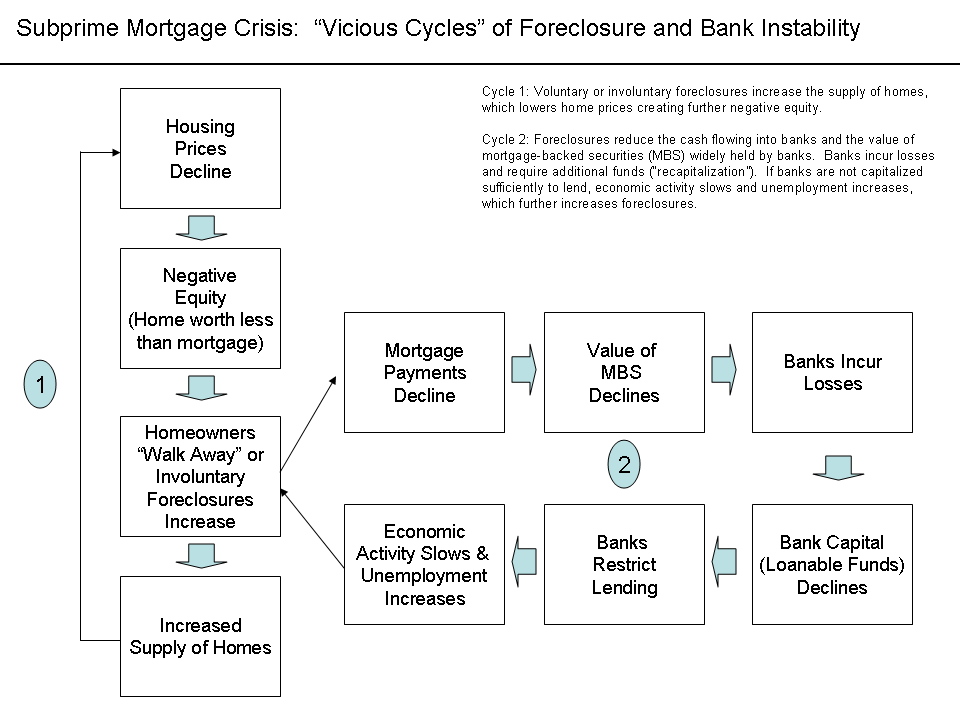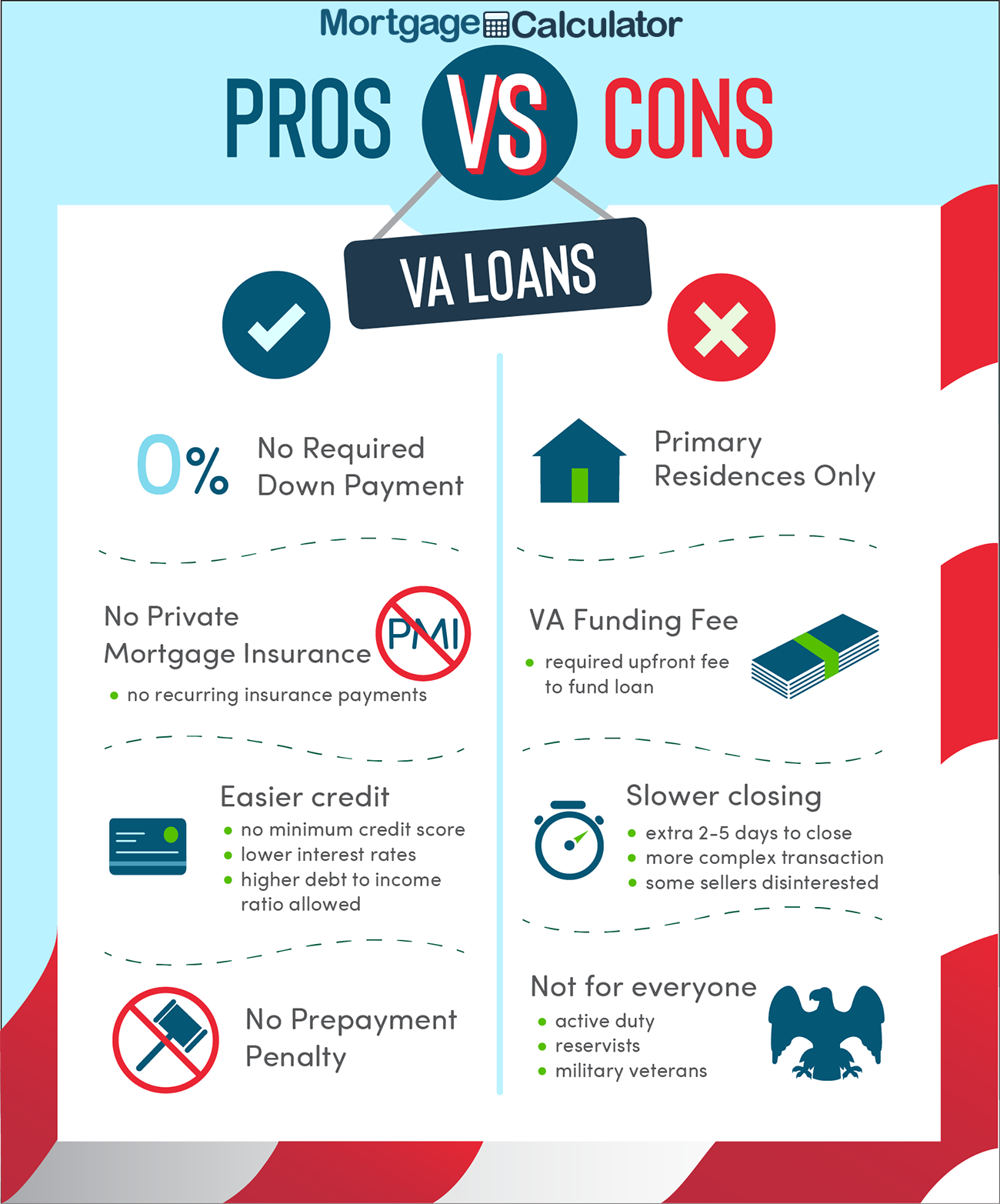NCUSIF maintained a strong balance of $1. 23 per $100 in insured deposits versus an unfavorable $0. 39 per $100 in insured deposits at the FDIC. Hence, via the Troubled Possession Relief Program (TARP), the government provided emergency situation loans amounting to $236 billion to 710 banksor 1. 93% of all bank properties.

008% of credit union assets. While there are lots of reasons credit unions didn't engage in the same type of subprime loaning as home loan business and banks, credit unions' special structure is the primary reason. As not-for-profit, member-owned entities, cooperative credit union have considerably less rewards to look for short-term profits and bonuses that clearly aren't in their members' benefits.
Increasing house rates, falling mortgage rates, and more efficient refinancing enticed masses of property owners to refinance their homes and extract equity at the exact same time, increasing systemic danger in the monetary system. 3 patterns in the U.S. housing market combined to dramatically amplify the losses of property owners between 2006 and 2008 and to increase the systemic threat in the financial system.
But together, they lured masses of homeowners to re-finance their homes and extract equity at the very same time (" cash-out" refinancing), increasing the threat in the financial system, according to,, and. Like a cog tool that might only change in one instructions as house costs were rising, the system was unforgiving when costs fell.
The Ultimate Guide To Which Of The Following Are Banks Prohibited From Doing With High-cost Mortgages?
$115362), these researchers approximate that this refinancing ratchet effect could have generated potential losses of $1. 5 trillion for home mortgage loan providers from June 2006 to December 2008; more than 5 times the potential losses had homeowners prevented all those cash-out refinancing deals. Over the past twenty years, the development and increasing effectiveness of the refinancing service have made it much easier for Americans to take advantage of falling rate of interest and/or rising house values.
These authors concentrate on the formerly unstudied interplay of this growth in refinancing with falling rates of interest and rising house worths. Benign in seclusion, the 3 trends can have explosive outcomes when they take place all at once. We reveal that refinancing-facilitated home-equity extractions alone can represent the significant increase in systemic threat postured by the U.S.
Using a design of the home loan market, this research study finds that had actually there been no cash-out refinancing, https://christianforums.net/Fellowship/index.php?threads/bailing-on-a-timeshare.71048/ the total worth of home mortgages outstanding by December 2008 would have reached $4,105 billion on real estate worth $10,154 billion for an aggregate loan-to-value ratio of about 40 percent. With cash-out refinancing, loans swelled to $12,018 billion on home worth $16,570 for a loan-to-value ratio of 72 percent.

Initially, frequent cash-out refinancing changed the regular mix of mortgage-holders and created an unintentional synchronization of homeowner take advantage of and home loan period, causing correlated defaults when the problem hit. Second, as soon as a house is bought, the financial obligation can't be incrementally lowered because property owners can't sell portions of their home-- homes are indivisible and the homeowner is the sole equity holder in your house.
The What Is Today's Interest Rate On Mortgages PDFs
With home worths falling from the peak of the market in June 2006, the research study's simulation suggests that some 18 percent of houses remained in negative-equity territory by December 2008. Without cash-out refinancing, that figure would have been just 3 percent. The most insidious aspect of this phenomenon is its origin in three benign market conditions, each of which is generally considered a precursor of financial development, the authors write. how much is mortgage tax in nyc for mortgages over 500000:oo.
Although it is the quality and substance of regulation that has to be the center of any argument concerning guideline's function in the monetary crisis, a direct measure of policy is the financial dollars and staffing levels of the monetary regulative companies. what do i do to check in on reverse mortgages. In a Mercatus Center research study, Veronique de Rugy and Melinda Warren discovered that expenses for banking and monetary regulation increased from just $190 million in 1960 to $1.
3 billion in 2008 (in continuous 2000 dollars). Focusing particularly on the Securities and Exchange Commission the agency at the center of Wall Street guideline budget plan investments under President George W. Bush increased in real terms by more than 76 percent, from $357 million to $629 million (2000 dollars). Nevertheless, budget dollars alone do not constantly equate into more polices on the beat all those additional dollars could have been invested in the SEC's extravagant brand-new headquarters building.
The SEC's 2008 staffing levels are more than eight times that of the Consumer Item Safety Commission, for instance, which examines countless consumer items each year. Equivalent figures for bank regulatory agencies reveal a small decrease from 13,310 in 2000 to 12,190 in 2008, although this is driven completely by decreases in personnel at the regional Federal Reserve Banks, arising from modifications in their checkclearing activities (mostly now done digitally) and at the FDIC, as its resolution staff handling the bank failures of the 1990s was unwinded.
The Only Guide to How Reverse Mortgages Work In Maryland
Another procedure of guideline is the absolute variety of rules issued by a department or agency. The main monetary regulator, the Department of the Treasury, which includes both the Office of the Comptroller of the Currency and the Workplace of Thrift Guidance, saw its annual average of new rules proposed boost from around 400 in the 1990s to more than 500 in the 2000s.
Reserving whether bank and securities regulators were doing their jobs strongly or not, one thing is clear current years have seen an increasing number of regulators on the beat and an increasing number of policies. Central to any claim that deregulation caused the crisis is the GrammLeachBliley Act. The core of GrammLeachBliley is a repeal of the New Dealera GlassSteagall Act's restriction on the mixing of investment and business banking.
They often likewise have big trading operations where they purchase and sell financial securities both on behalf of their customers and on their own account. Commercial banks accept guaranteed deposits and make loans to homes and services. The deregulation review posits http://www.wesleytimesharegroup.com/the-successful-leader/ that when Congress cleared the method for financial investment and commercial banks to merge, the financial investment banks were offered the incentive to take greater dangers, while lowering the amount of equity they are needed to hold versus any offered dollar of properties.
Even before its passage, financial investment banks were currently permitted to trade and hold the extremely financial possessions at the center of the financial crisis: mortgagebacked securities, derivatives, creditdefault swaps, collateralized debt commitments. The shift of financial investment banks into holding significant trading portfolios arised from their increased capital base as an outcome of the majority of investment banks becoming publicly held business, a structure permitted under GlassSteagall.
